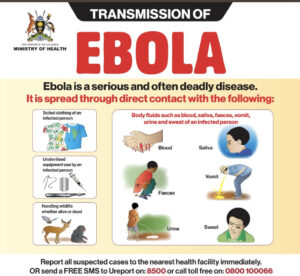Aortic stenosis (AVS) is a narrowing of the aortic valve, which is the valve that lets blood flow from the lower-left chamber (the left ventricle) to all parts of the body.
Stenosis means narrowing. Aortic stenosis (AVS) is a narrowing of the aortic valve, which is the valve that lets blood flow from the lower-left chamber (the left ventricle) to all parts of the body. When the aortic valve is narrowed, the left ventricle has to pump harder to force blood through the valve. Working too hard may cause the left ventricle to get larger, which can lead to heart failure.
What are the symptoms?
The symptoms of aortic stenosis depend on how severe it is. Most infants and children with aortic stenosis have no symptoms. Those who do have symptoms may feel
- Chest pain
- Unusual tiredness from activity
- Dizziness
- Fainting
How is it treated?
Children with mild stenosis usually do not need surgery, but they should be watched carefully and see their doctor regularly.
Other cases may require balloon valvuloplasty or open heart surgery.
In balloon valvuloplasty, a “balloon” is guided into the heart on the tip of a thin tube called a catheter. When the balloon is inside the narrowed valve, it is inflated to widen the opening. Then, the balloon and catheter are removed.
Surgery for aortic stenosis may include the Ross procedure. This procedure involves replacing the child’s diseased or abnormal aortic valve with his or her own pulmonary valve (called a pulmonary autograft). A valve from a human donor is then placed where the pulmonary valve was.
After balloon valvuloplasty or valve surgery, the valve sometimes narrows again. In these cases, the valve may need to be replaced with an artificial one.
Even if the aortic valve has been widened or replaced, children with aortic stenosis may need to avoid extreme physical activity. Talk to your child’s doctor about what exercise your child can safely do.


